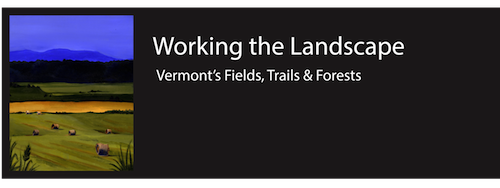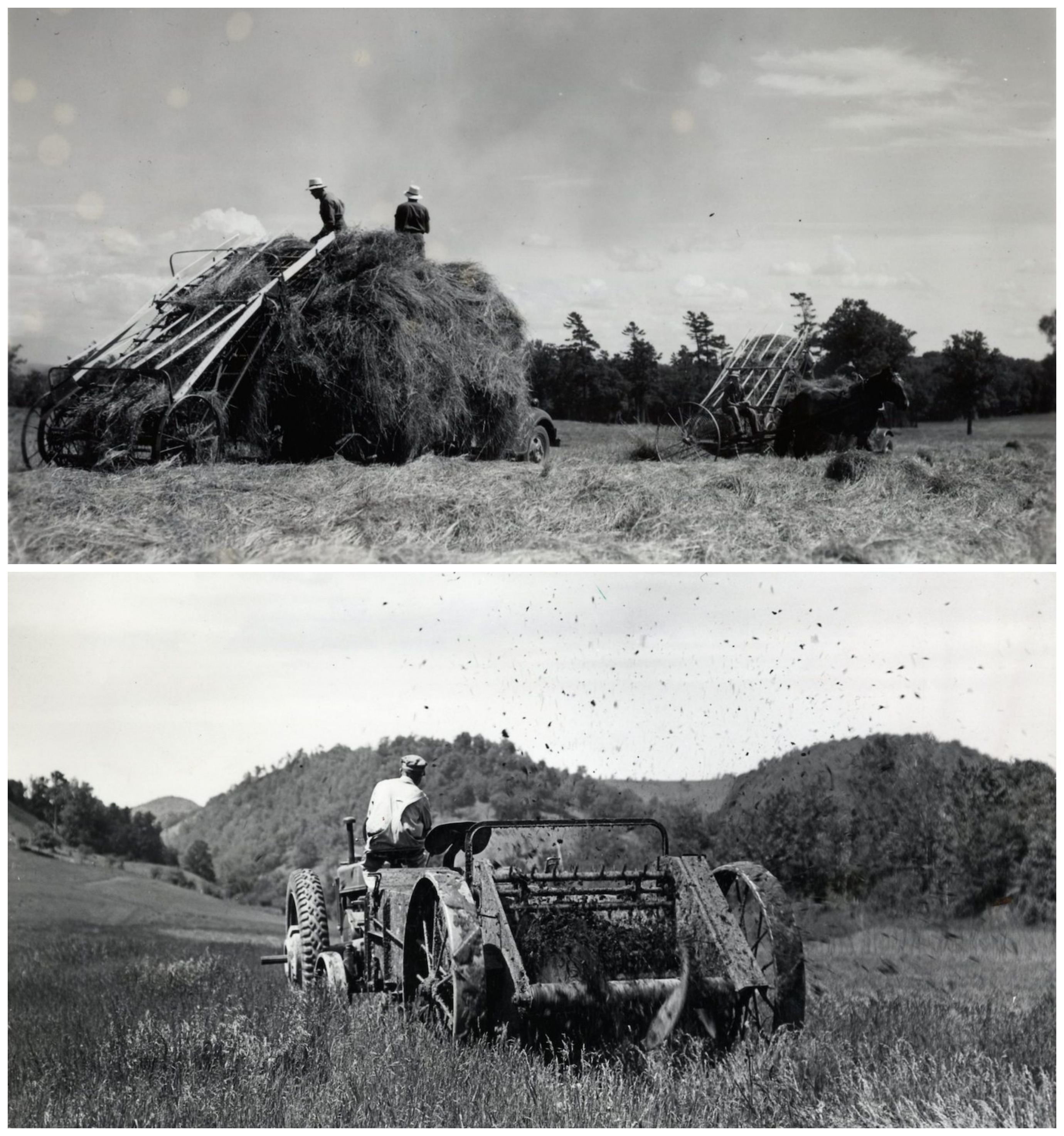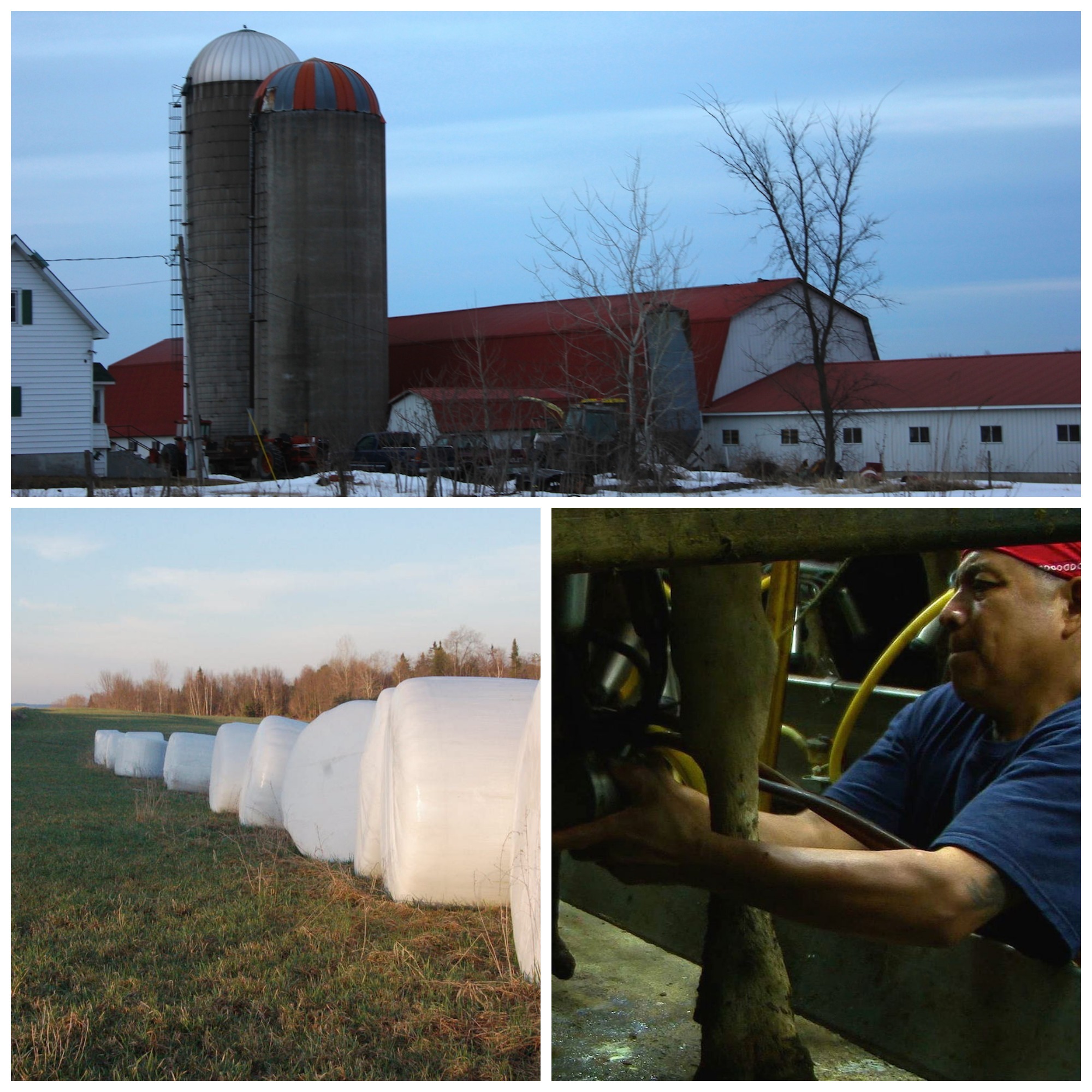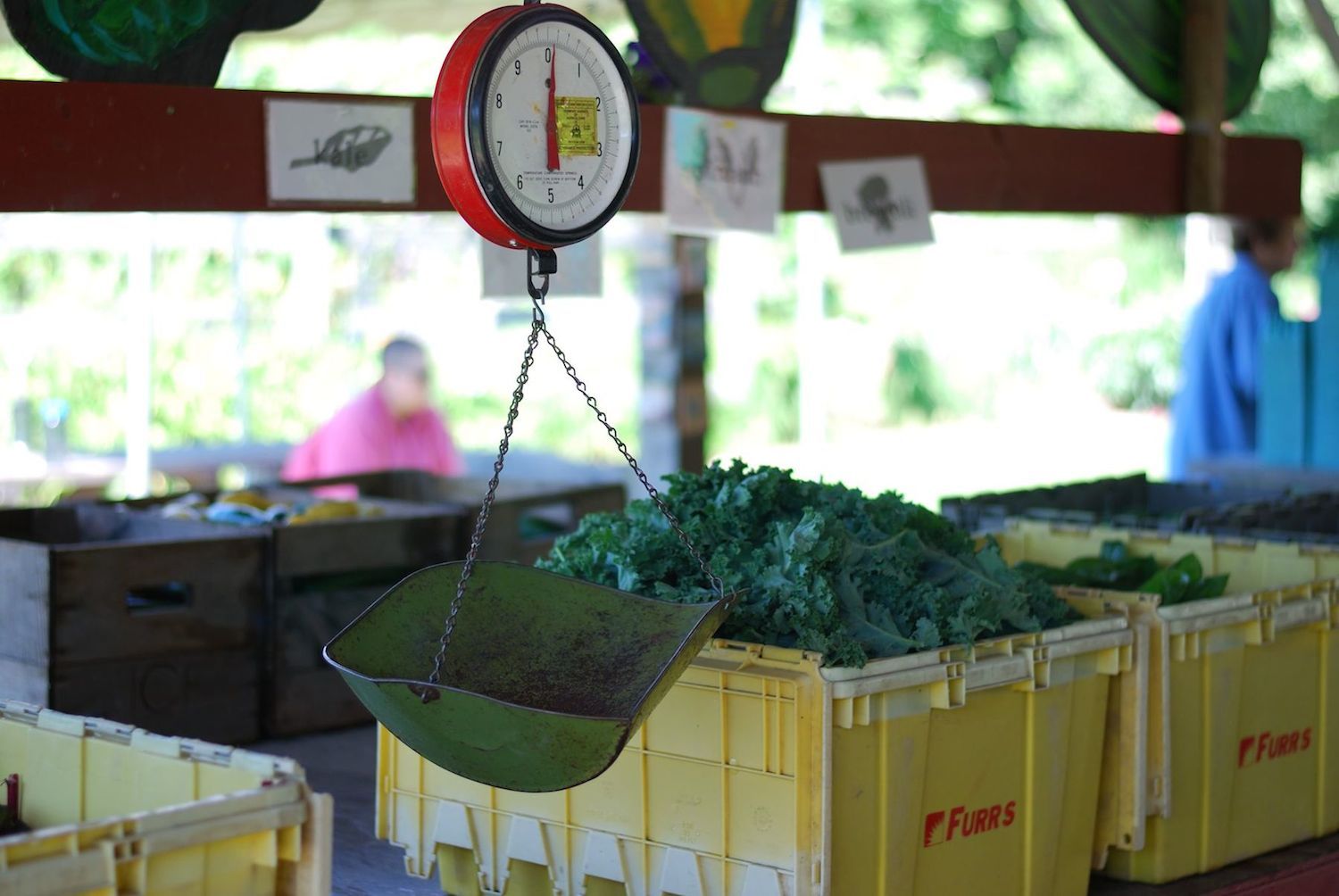Fields

- Landscape After Sheep. UVM Special Collections.
- Merino Woodcut. UVM Special Collections.
- Sheep Shearers. Windy Corners Farm
- Danville Woolen Mill. UVM Landscape Change Project.
From the 1800s Merino sheep craze to today's dairy and diversified agriculture industry, Vermont's landscape has changed over the past 200 years. Shifting populations, new markets and technological adaptation have created the fields of today.
Vermont's Merino Sheep Boom
During the 1800s, Vermont was renowned for its Merino wool. In 1840, there were more than 1.5 million sheep in the state, and Vermont wool went all across the country. The state supported as many as 80 textile mills to process the wool.
At the peak of the sheep boom, Merinos grazed across much of the land in the state and up the hillsides, which had been cleared of trees. But westward expansion and the lowering of import tariffs on wool flooded the market with cheap product, and Vermont farmers largely gave up raising sheep, turning to dairy instead.
After the sheep craze ended, writes historian Esther Munroe Swift, "much of the land could not support any crops because of the over-grazing by the sheep."
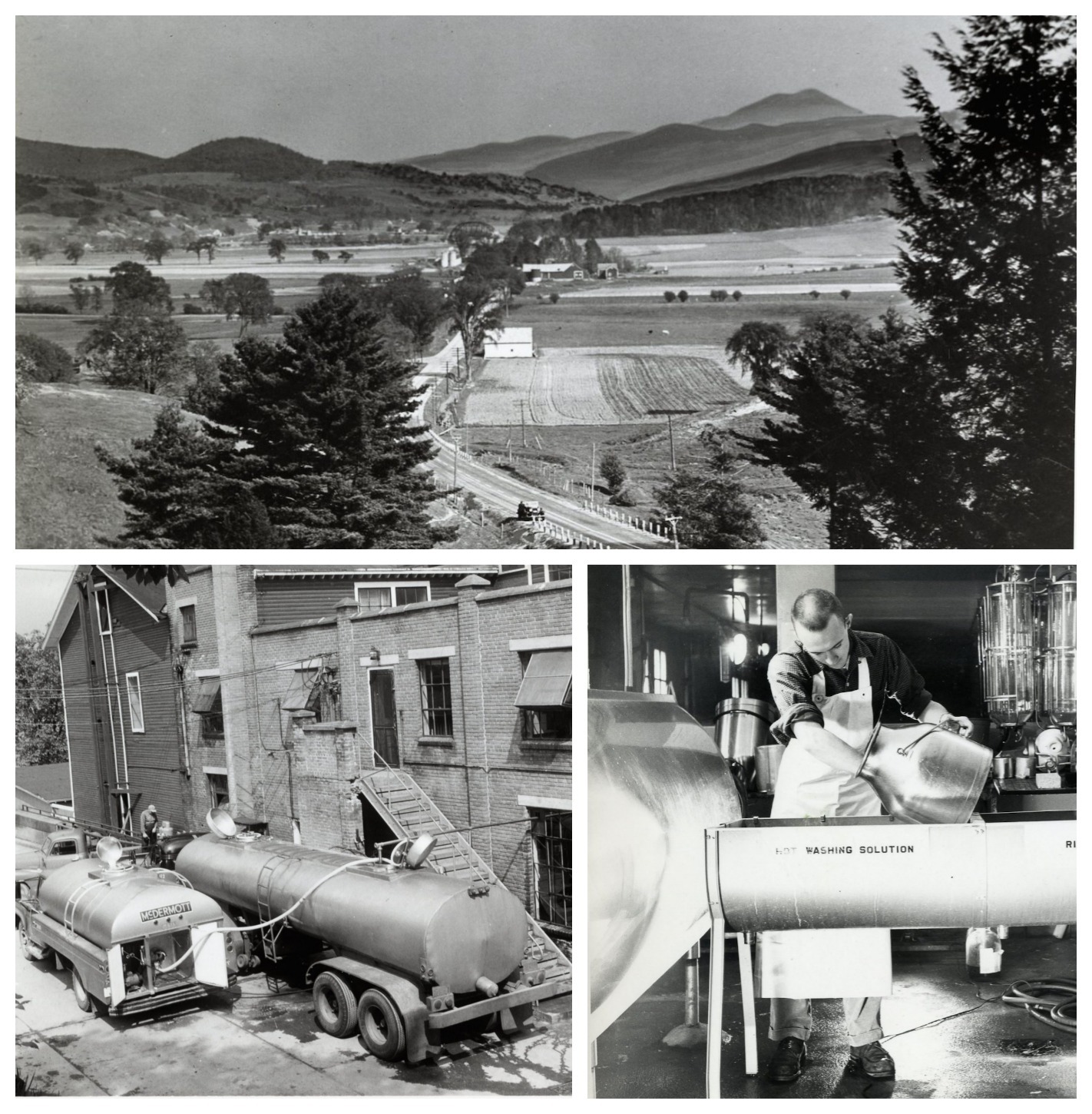
- Landscape After Dairy. UVM Special Collections
- The McDermott Milk Truck. UVM Special Collections.
- Bulk Tank. UVM Special Collections.
The Rise of Dairy
Starting in the late 1800s, dairy emerged as the state’s primary agricultural product, causing a resurgence of Vermont's forests. Over the course of the 20th century, the train car gave way to the milk truck, and urban markets for Vermont milk grew.
With the expansion of the railways and refrigerated train cars in the early 1900s, Vermont became a major supplier of fluid milk to Boston and New York markets. In order to keep up with the increased demand, Vermont farmers began installing bulk tanks in the milking parlor in the 1950s.
Facing pressure from their creameries to invest in the costly machine, some small farmers simply went out of business.
